A dark chocolate gelding swivels his ears from the man on his back to the beige cow trotting ahead. Cued by his rider, the horse drops his head low and uses his sleek shoulder to push the wide bovine through the arena. It’s been more than a year since 5-year-old Quaint, son of a Kentucky Derby winner, ran his last race. Since coming to Dale Simanton’s South Dakota ranch, Gate to Great, he splits his time between romping in 100-acre pastures and developing his varied athletic skills. Quiet and sensible, Quaint defies stereotypes of the typical racing thoroughbred. And while he is certainly extraordinary, a growing body of breed enthusiasts is showing he’s hardly the exception.
“[Thoroughbreds] have proven time and time and time again that they’re the greatest athletes in the world,” Simanton says. “They’re smart, athletic. I don’t care what discipline you’re interested in, I don’t care what it is... There’s a horse out there that’ll meet your needs.”
The horses running in the United States’ most famous races — from the Belmont Stakes to autumn’s Breeder’s Cup Classic — really are some of the planet’s best athletes. The fastest human mile slips in under four minutes, but elite thoroughbreds cover the same distance in just over a minute and a half, tearing down the track at more than 37 miles per hour. All while carrying an extra 10% of their body weight.
Of the more than 20,000 registered thoroughbreds born each year, only about 20 make it to the Triple Crown. But failed racehorses have gone on to compete in the Olympics while their unraced counterparts have dominated show circuits for years.
In order to establish even a low-level racing career, thoroughbreds must be physically and mentally suited to the job, which like all extreme sports, can be hard on the body and mind. Thus, racing careers tend to be short, and most thoroughbreds retire by age 7.
But what happens then? A select few become studs and broodmares. But the vast majority lack the bloodlines, race records, or equipment (geldings can no longer reproduce) for such a retirement. They must learn new skills to serve as riding horses, their best chance at finding long-term homes.
Committed individuals have long worked to improve racehorses’ retirement prospects. Simanton has been retraining thoroughbreds for two decades, since “way before it was ever cool,” though Gate to Great became official only five years ago. Other organizations (both for-profit and nonprofit) have popped up throughout the country, offering direct rehabilitation and retraining services that help bridge the gap.
In 2010, a group of friends launched the Retired Racehorse Project to raise awareness about thoroughbreds’ versatility. Their annual Thoroughbred Makeover now showcases some of the country’s best off-track thoroughbreds across 10 divisions, including trail, ranch work (in which Quaint placed third in 2016), dressage, and jumping. Thoroughbred Charities of America and Thoroughbred Aftercare Alliance offer funding and accreditation. The Jockey Club even sponsors a thoroughbred incentive program to publicize and reward riders showing registered thoroughbreds on the hunter-jumper circuit.
[quote position="full" is_quote="true"]The average person is terrified of riding an ex-racehorse because they think the first thing they’re gonna do is run off. Nothing could be further from the truth.[/quote]
All this new support makes acquiring and succeeding with a retired racehorse far more accessible than ever before. But, preparing these athletes for new jobs and forever homes requires the knowledge, flexibility, and confidence to overcome the stresses associated with an extreme sports career. Injuries, fitness, and diet-associated misbehaviors can make them difficult to place in a mainstream horse market dominated by junior and amateur riders. Having go-betweens helps ensure their safe landing.
“Most of the time, the average person is terrified of riding an ex-racehorse because they think the first thing they’re gonna do is run off,” Simanton says. “Nothing could be further from the truth. Most of these horses, I get them because they don’t wanna run anymore. Most of them, once they find out you’re gonna let them relax, they usually do. That’s my program.”
Similarly, Ashley Gubich, trainer and owner at Super G Sporthorses and trainer for nonprofit CANTER Colorado, starts by hitting reset. She treats all horses that come to her “like they’ve never had anything done to them.” Her varied background — she has shown ponies, Arabians, and draft horses and has competed in dressage, eventing, and hunter-jumpers — gives her the experience to adapt program specifics to fit each horse’s particular needs.
Those with injuries or severe gastric ulcers may require stall rest or pasture time to recover. Others get back to work almost immediately, starting with manners and riding basics, from steering to listening to leg cues. Progression differs on a horse-by-horse basis. “Within the first week of them coming to me, if they’re sound, I will get on them. The first one to five rides I call freebies. [I have] zero expectations… Zero pressure… I’ve had horses that have taken me four months to ask for a canter because that’s what they needed. Take the time, read the horses, don’t push too hard,” Gubich says.
Simanton has the pasture space to take in horses that need long, slow recoveries and a program designed to shift perspectives. Gate to Great horses learn to move cows, open gates, and wade through rivers — all experiences that will serve them well in any new job. Like Gubich, Simanton depends on his vast experience to adapt the agenda for particular horses, but everything, from when to work on circles in the arena to when to loosen a cinch, is done with a purpose.
As these American icons of grace and heart get ready for their post-racing lives, they leave marks on the people in their world. Horses typically spend several months with Gubich and about two years at Gate to Great before moving on to careers as eventers, fox-hunters, trail horses, and show-jumpers. And although trainers work hard to ensure each horse a good home, they still ache to see them go. “Any man that can ride a horse for that many hours and that much work without falling in love with him has got something wrong with him,” Simanton says. “And I guarantee you, if it weren’t for the need for money, I’d never sell one of my horses. But if I don’t sell them, I can’t take any more.”












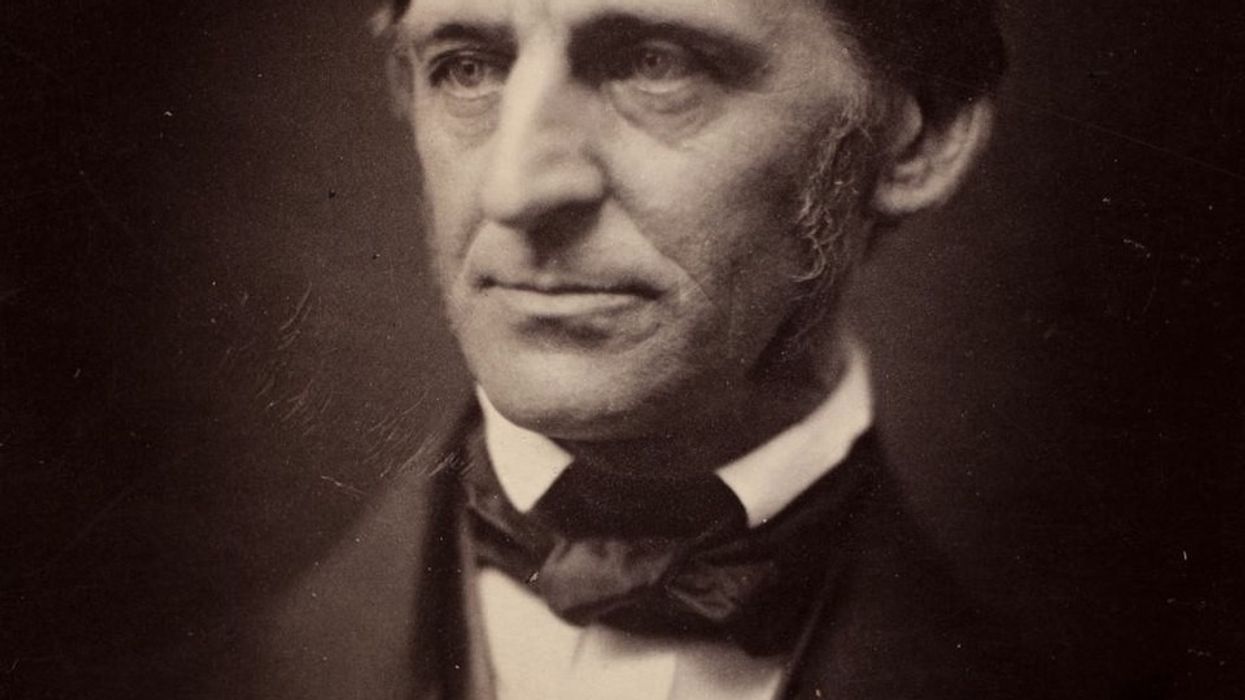



 This doggo has some concerns. Photo by
This doggo has some concerns. Photo by  Ready to eat.Photo by
Ready to eat.Photo by 

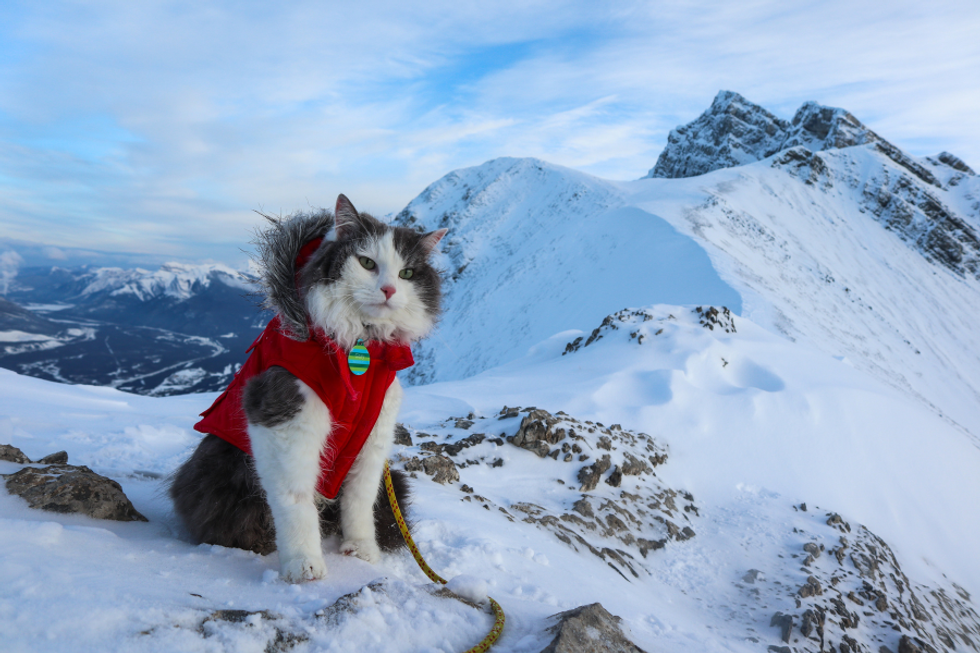 Let us all bow before Gary, the Internet's most adventurous feline. Photo credit: James Eastham
Let us all bow before Gary, the Internet's most adventurous feline. Photo credit: James Eastham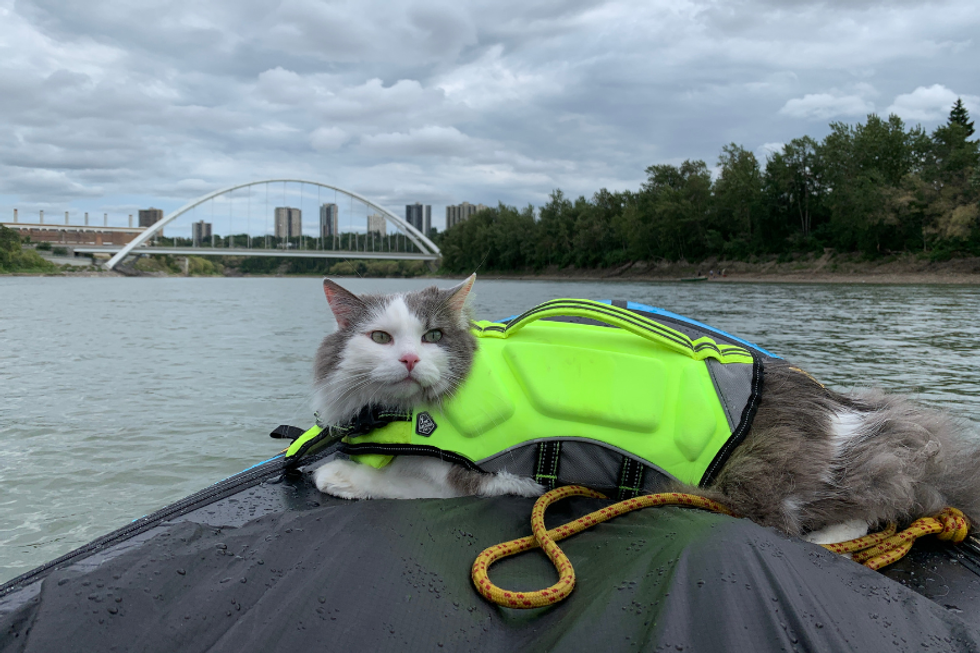 Gary the Cat enjoys some paddling. Photo credit: James Eastham
Gary the Cat enjoys some paddling. Photo credit: James Eastham James and Gary chat with Ryan Reed and Tony Photo credit: Ryan Reed
James and Gary chat with Ryan Reed and Tony Photo credit: Ryan Reed


 Rock deterioration has damaged some of the inscriptions, but they remain visible. Renan Rodrigues Chandu and Pedro Arcanjo José Feitosa, and the Casa Grande boys
Rock deterioration has damaged some of the inscriptions, but they remain visible. Renan Rodrigues Chandu and Pedro Arcanjo José Feitosa, and the Casa Grande boys The Serrote do Letreiro site continues to provide rich insights into ancient life.
The Serrote do Letreiro site continues to provide rich insights into ancient life.

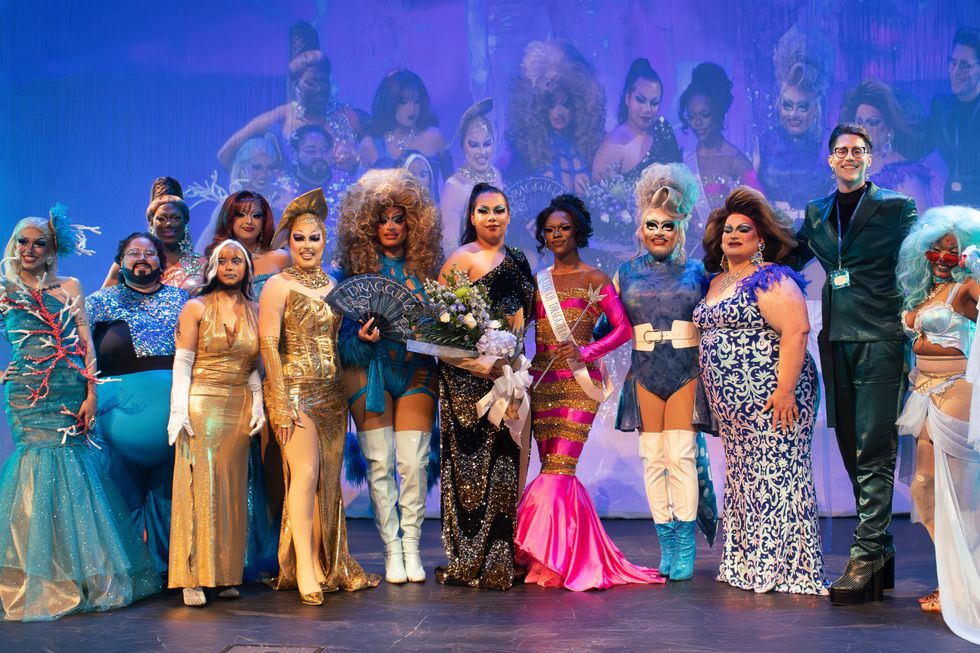 The contestants and hosts of Draggieland 2025Faith Cooper
The contestants and hosts of Draggieland 2025Faith Cooper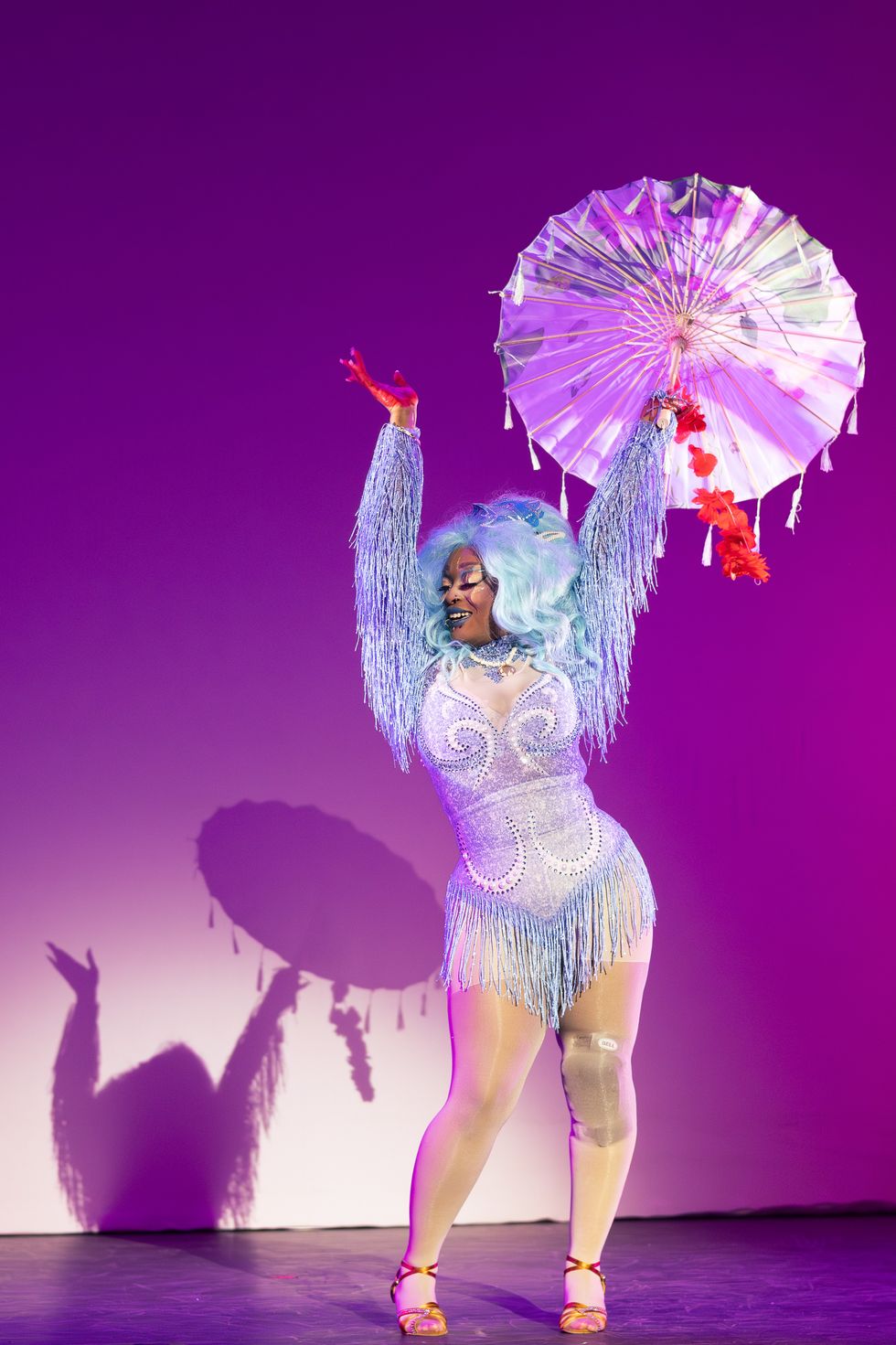 Dulce Gabbana performs at Draggieland 2025.Faith Cooper
Dulce Gabbana performs at Draggieland 2025.Faith Cooper Melaka Mystika, guest host of Texas A&M's Draggieland, entertains the crowd
Faith Cooper
Melaka Mystika, guest host of Texas A&M's Draggieland, entertains the crowd
Faith Cooper